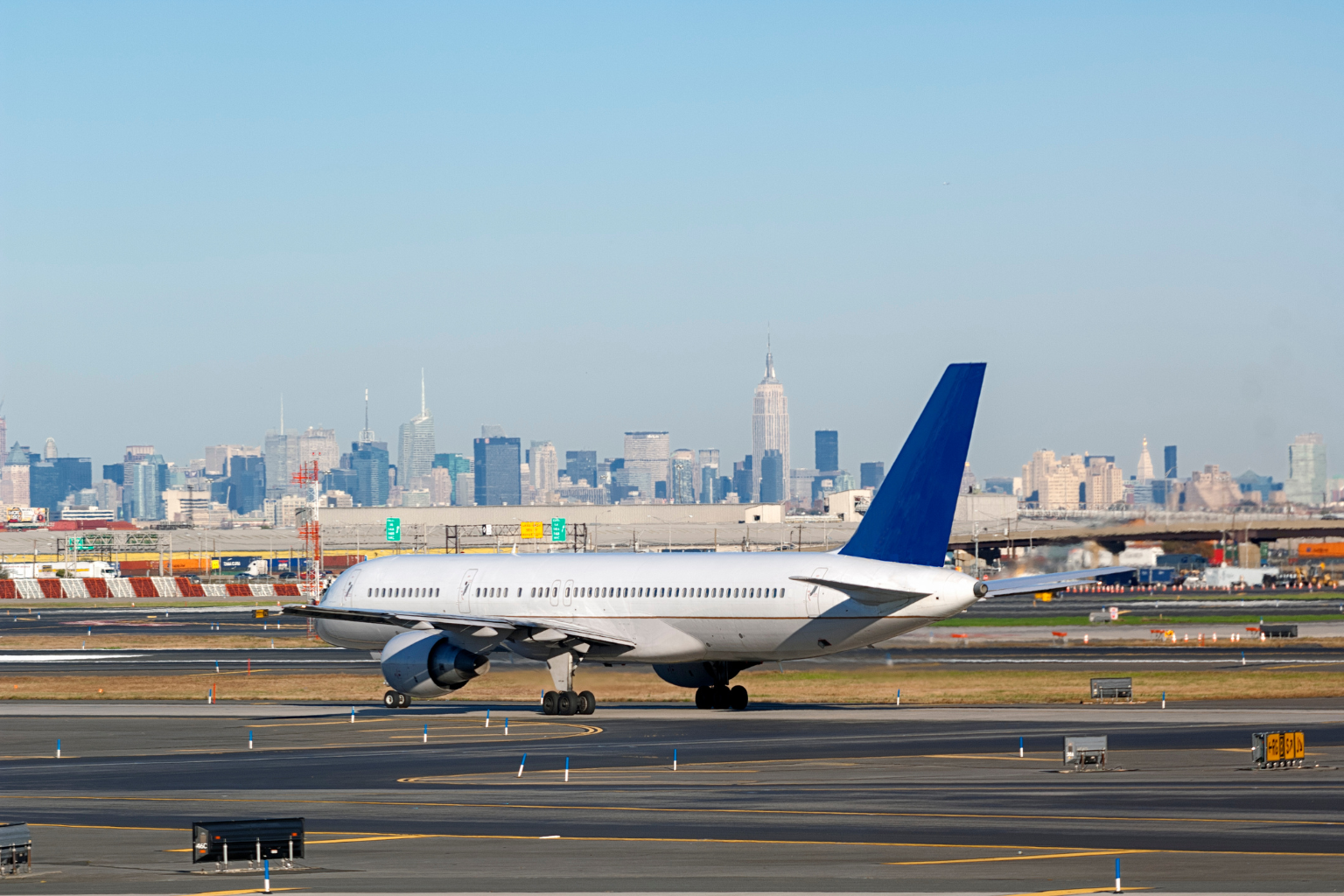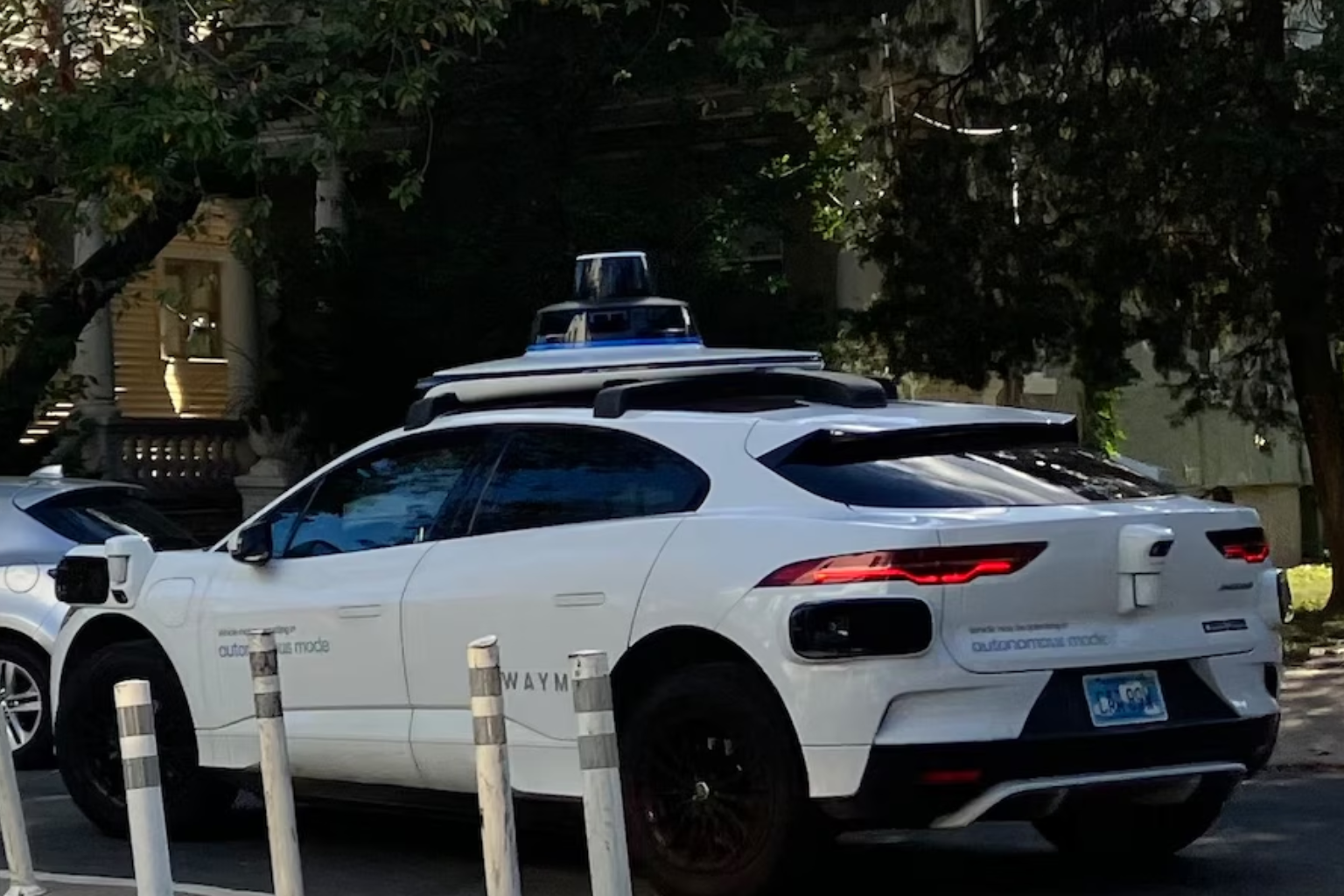Newark Airport’s Real Problem: United’s Monopoly Power and How It Hurts Travelers

A perfect combination of air traffic control meltdowns and airline consolidation has made Newark one of America’s most troubled airports, and passengers pay the price.
Travel problems are synonymous with Newark Liberty International Airport. United Airlines’ monopoly position has long caused the airport’s problems, notwithstanding recent air traffic control meltdowns.
This article explains why Newark Airport was dysfunctional before the ATC problems, how United dominates the market, and how this affects your wallet and travel options.
United inherited 70% of the Newark Airport market after its 2010 merger with Continental Airlines. This dominance produces a “fortress hub”—an airport where a single airline dominates the market and can control competition.
Newark isn’t alone in this consolidation, which is national. Nationally, the “Big Four” airlines—American, Delta, Southwest, and United—control an astonishing 80% of domestic air travel.
The latest United-JetBlue collaboration, “Blue Sky,” has generated concerns about diminishing competition. JetBlue will expand at United’s Newark hub, while United will add seven daily round-trips at JFK International.
United might enter JFK after it left in 2022.
One critic calls this agreement a “watered-down merger” that reduces competition at both airports.
It’s not just air traffic controller shortages and old technology that have caused Newark’s troubles. Only 22 trained controllers work at Philadelphia TRACON, which manages Newark’s airspace, 48% of its 46-controller target.
Some Newark systems use 1970s-1990s copper cable and floppy disks, which is problematic.
Through October 2026, the FAA limits Newark to 72 hourly operations (takeoffs and landings). These regulations alleviate congestion but make it harder for new competitors to threaten United’s dominance.
Travelers’ wallets suffer from Newark’s limited competition. The Department of Transportation reports that Newark has the highest average domestic airfare among the six New York City airports:
Newark: $429.
White Plains: $361 JFK: $417
LaGuardia; $338; Islip: $260
$136 Newburgh
Newark’s average fare is $32 more than the national average because to little competition.
Airport monopolization harms passengers and workers. Recent reports show that United aims to replace unions Prospect Airport Services workers at Newark with its wholly-owned business, United Ground Express.
Frontline personnel may lose full-time work, seniority, and health benefits.
This proposal would restrict large carriers from “sitting” on gates and other airport infrastructure that competitors could use.
By banning “common ownership” of airline stock, entrepreneurs could get funds to compete with established airlines, potentially spreading market diversity.
Changing how the FAA administers takeoff and landing slots at congested airports like Newark would prevent legacy airlines from buying, selling, and exchanging access to fend off competition.
Newark Airport has more than air traffic control issues. United dominates the industry due to years of airline mergers, limiting competition and raising prices.
ATC technology upgrades and controller hires will assist, but structural competition issues that have rendered Newark one of the most expensive and carrier-dominated airports in New York must be addressed.
Newark travelers will pay premium pricing for limited choices regardless of air traffic control system performance until authorities take strong steps to boost competition.




